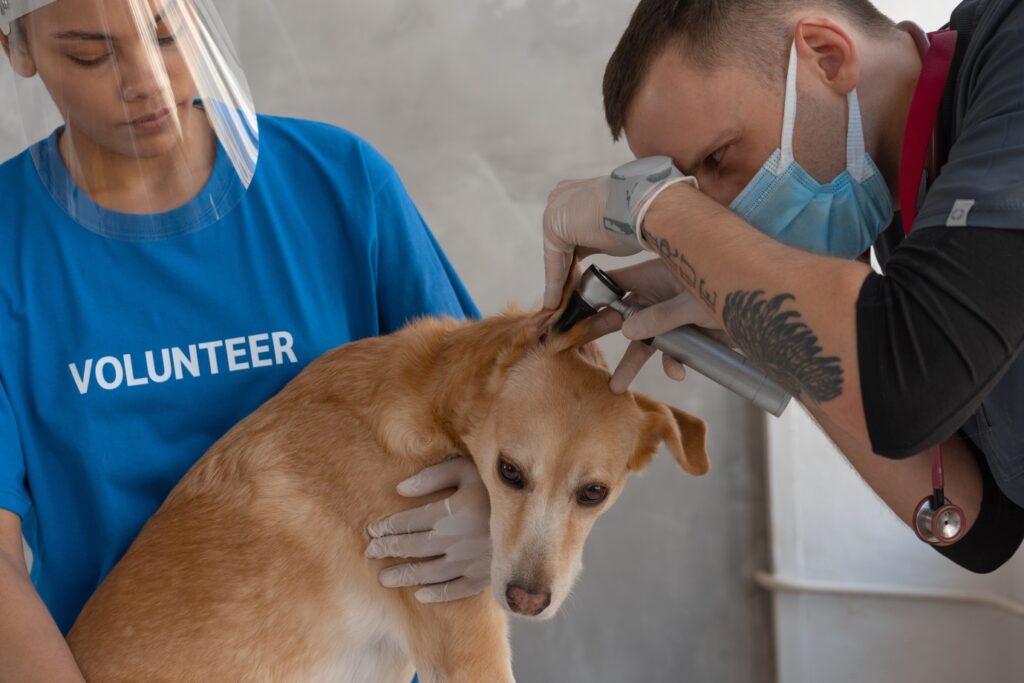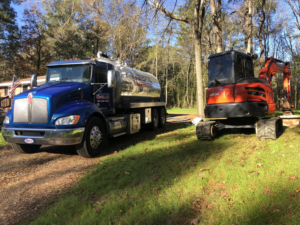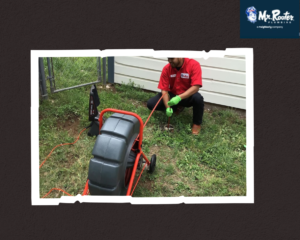Most Common Mistakes Dog Owners Make With Their New Dog
To be the best dog parent possible, knowing what you’re doing right and where you may need a little extra help is essential. When it comes to dogs, there are always new things to learn about raising them and how to keep them happy and healthy. The first step toward being a better dog parent is recognizing some of the most common pitfalls and taking steps to avoid them in the future. With so many aspects of dog ownership and care, sometimes we forget or overlook some crucial details — until something happens that points those things out all at once. Here are some of the most common mistakes dog owners make:
1) Compatibility
When choosing a puppy to share your life with, consider your situation and the dog’s needs. A large dog like a Labrador retriever probably isn’t a practical choice if you live in an apartment. You should also avoid small dogs like pugs or Pomeranians if you want a furry friend for home protection. It is important to remember that some breeds of dogs have medical challenges because of their genetics, so they may not be the right choice for those on a limited budget who cannot afford proper medical attention. Don’t mistake choosing looks and the desire of a breed over compatibility.

2) You Shouldn’t Ignore the Basic Personality of Your New Dog
First-time dog owners tend to overlook a dog’s basic personality when selecting a new family member, just as they do with looks and want vs. compatibility. It is beneficial for dogs that require a lot of exercise, such as Siberian Huskies, to have owners who run and explore for miles with them. In contrast, low-energy dogs, such as basset hounds and bulldogs, prefer owners who spend lots of time relaxing with them. It would be best if you also got to know your potential puppy before you take it home to ensure you will be a good match. For any other life-changing experience, make sure you research and gather as much information as possible. Working dogs prefer more structured environments, while lap dogs need lots of attention and affection.
3) No Boundaries & No Rules
If you set boundaries, you can have a happy relationship with your new puppy or dog. Dogs need to live in a pack and follow the rules if they are to live a long and healthy life. You need to be strong enough to set and enforce boundaries for your adorable new puppy, no matter how hard it may be to say no. By being in charge, your puppy or dog knows who leads the pack, which reduces canine anxiety and helps them relax more and enjoy their new home. Additionally, you must ensure that other family members know the need to enforce the rules, even when your new dog’s primary caregiver isn’t present.

4) Ignoring socialization and obedience training classes
The most common mistake dog owners make neglecting socialization, which causes their dogs to feel frightened. The behavior of frightened dogs can be unpredictable, making them dangerous for their owners, guests, and any other animals in the house. Socializing with family members helps your pooch gain confidence, and obedience training classes go one step further. When your dog loses control, you can regain control by training him to obey basic commands. Unsocialized animals may also be stressed out by loud sirens or fireworks, which are examples of odd situations that might stress them out.
5) Underestimating the importance of exercise
Due to the fact that dogs cover lots of ground in the wild, they have a lot of energy to burn, and a lack of exercise can also result in overweight and unhealthy dogs. It would help if you were prepared to take your dog on extended daily walks or runs and give it a chance to play with you to meet its need for mental stimulation when you adopt a new puppy or adult dog. Your furry friend can tear up items around the house due to restlessness and boredom, but you can mitigate this behavior by providing ample exercise. Exercising your dog will make him happy as well as keep you fit.
6) Not microchipping new dogs for safety
It is important to microchip your new dog from a shelter or a breeder. Shelters can scan the chips beneath the skin to find lost pets’ owners and phone numbers after they are implanted. These affordable microchips don’t double GPS trackers, so they’re only as good as the information you provide when registering them. You should also update the information embedded in the microchip if your phone number changes or if you move.
7) Feeding new dogs people food rather than dog food
Dog owners probably make this mistake the most often. People’s food tends to be higher in fat and carbohydrates than dogs can tolerate and stay healthy, and dogs need proper nutrition to live up to their potential. Make sure the food you choose is high-quality and suitable for your dog’s needs. Choose weight-control dog foods if you want to help your puppy lose weight, and if your puppy has medical problems, choose options that help compensate for or treat them. Pet care in Vancouver sometimes prescribes exceptional food that helps dogs with kidney issues, allergies, or digestive problems, so be sure to feed your canine what’s best for its particular issues.
8) Punishment instead of positive reinforcement
There is no point in punishing your dog in the long run, as it is based on dominance, which could cause your dog to act unproductively or create undesirable habits. It is also important to note that mixing negative punishment with positive reinforcement confuses your puppy and makes it more difficult to anticipate what you wish during training classes. In contrast, positive reinforcement alone signals your dog that good behavior will result in good things for your pet. It takes practice and a calm hand to stick to positive reinforcement alone, but rewarding your new pet instead of punishing it makes learning new skills easier.
9) Over-expecting with new pets
In the same way as small children, puppies and dogs don’t always behave as you’d like when they’re just getting used to their new surroundings. It is why dog owners make the mistake of expecting too much from their new pets when they first get them. Introduce your furry friend gradually to other pets in the household to avoid making it feel threatened or stressed. Slowly acclimate your furry friend to its new surroundings. A happy dog home for your family members and pets can be created by adjusting your expectations to manageable levels.
10) Leaving dogs unattended in public spaces
One of dog owners’ most severe mistakes is letting their dogs run free in public. In public places, you should always keep your dog leashed. Even though unclicking the leash might be enticing for you to let your new pet play with other dogs and owners in the dog park, doing so can lead to dangerous situations for you, your dog, and other dogs. You also risk liability issues if your dog wanders into someone’s yard and bites a child when it is allowed to roam free. It also risks losing your pet if it wanders into someone’s yard and bites a child. Keep your dog on a leash when you leave your home unless it is in a fenced-in yard where it is safe and supervised.
11) Neglecting the medical needs of your puppy or dog
Like you and your family members, your puppy or dog has health needs in addition to love, affection, food, and shelter. Be sure to budget for regular veterinary checkups and vaccinations for your new pet and dental care. It’s common for dogs to hide illnesses until they’re too late, so finding a vet you can trust to take care of all the bases during the exam is crucial to getting your peace of mind. Choosing pet care in Vancouver for your new pet requires finding stable professionals with whom you can build a long-term relationship so your new pet can build trust over time.
Conclusion
During the early stages of puppy training, be sure to take it slow and set limits on how quickly you want your dog to learn new behaviors. You can always take it further later on. Step away from the situation and give it some space if you become frustrated or overwhelmed by your pup’s behavior. The best way to train any dog is to use positive reinforcement-based methods that use praise, treats, and other rewards. With the right approach, you can teach your pup how to be the best dog he can be. It’s important to remember that while training is essential, you shouldn’t use punishment when training your dog. If you are unsure about a specific behavior, like house training, you should consult a professional dog trainer and pet care in Vancouver.



